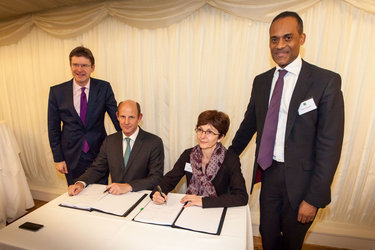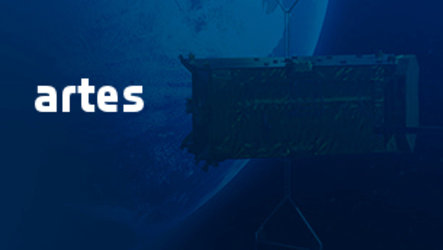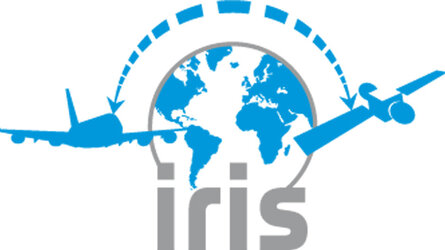Europe advances with safer air travel
A safer airspace over Europe by 2018 is materialising as ESA’s Iris precursor project today began development with the unlocking of a further €7.6 million of funding.
The public–private partnership between ESA and UK satellite operator Inmarsat is looking to satellites to make aviation safer through modern communications.
With the design phase completed, Iris Precursor will now develop an improved satellite network to overlay existing terrestrial VHF networks to carry air traffic management communications across European skies.
To do this, Inmarsat has formed an industrial team with 16 companies from eight ESA Member States.
Iris, which is focused on satcom services for air traffic management, is aligned with and supports the long-term initiative by the EU’s Single European Skies ATM Research (SESAR) Joint Undertaking to address the annual €4 billion cost resulting from the shortcomings of Europe’s air traffic management.
SESAR will radically change the way air transport is managed in the future to maximise airport and airspace capacity, reduce delays for passengers, lower costs for airlines and limit carbon dioxide emissions.
By 2018, in an essential milestone for Iris, the Precursor service will provide air–ground communications for initial 4D flight path control, pinpointing an aircraft in four dimensions: latitude, longitude, altitude and time.
This will enable precise tracking of flights and more efficient management of traffic so that flight plans can be continually updated during flight to maintain an optimal trajectory to destination. These trajectory management concepts will allow air traffic control to offer better routings, sequence aircraft far in advance and maximise airport and airspace capacity.
While the initial focus will be on Europe, the capabilities will open opportunities for deployment in North America, Asia Pacific and other regions, where the growth of air traffic is straining ground-based VHF networks.
Leo Mondale, President at Inmarsat Aviation, said: “Today’s announcement of the next phase is an important milestone for Inmarsat and ESA. The European airspace is the most congested in the world, and this project will unlock the full potential of the aviation industry in the region and serve as a model for efficiently and effectively managed airspace for the rest of the world.”
Magali Vaissiere, ESA’s Director of Telecommunications and Integrated Applications, commented: “This strengthens ESA’s alignment and relationship with SESAR and demonstrates Iris is a key enabler and credible viable solution for the satcom element of SESAR’s air to ground network.”
For further information, please contact:
Margherita Buoso
ESA Communication Officer for Telecommunications and Integrated Applications
Tel: +44 1235 444 293
Mob: +44 7557 503578
Email: margherita.buoso@esa.int








